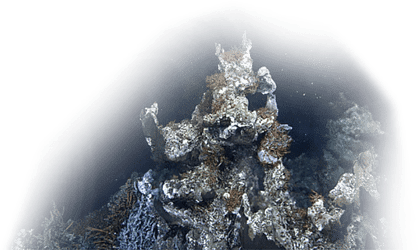On 23 January 2018, a magnitude 7.9 earthquake occurred in the Gulf of Alaska at 1:35 am PT. A tsunami warning was issued for the west coast of Canada and the United States. The tsunami warning was cancelled at 4:40 am PT.
Ocean Networks Canada’s (ONC) real-time sensors detected the earthquake and the subsequent small tsunami that rippled out across the northeast Pacific (Figure 1).
Figure 1. The relative timing of the magnitude 7.9 Alaskan earthquake and the subsequent small tsunami as detected by ONC real-time sensors.
The resulting tsunami wave was relatively small because this was a strike-slip earthquake characterized by side-to-side motion, which displaces less water than the vertical motion of a subduction zone earthquake.
This morning's 7.9 earthquake occurred along a strike-slip fault. The horizontal movement of the two plates in a strike-slip fault, typically limits the threat of tsunami's pic.twitter.com/o7kgwNHqxS
— Greg Diamond (@gdimeweather) January 23, 2018
the Alaska earthquake generated a small tsunami detected by @Ocean_Networks sensors off Canada's westcoast #tsunami pic.twitter.com/MK0K0SLOi8
— Dr. Kate Moran (@katemoran) January 23, 2018
Alaska #tsunami just passed @Ocean_Networks bottom pressure station at Clayoquot Slope: 3-cm sea level drop; not big but there.https://t.co/b27CdUo3as pic.twitter.com/T6A8FT2SdT
— Martin Scherwath (@mscherwath) January 23, 2018
Friday 26 January is the anniversary of the last big Cascadia subduction zone earthquake that occurred in 1700, with an estimated magnitude of 8.7-9.2, which caused a widespread tsunami that devastated coastal Japan (Figure 2).
Figure 2. Modeled tsunami caused by the 26 January 1700 megathrust earthquake. Image courtesy of Kenji Satake.
This close call presents a perfect opportunity for British Columbians to become better prepared. Know the risks, have a plan, get a kit - these are the three major components of preparedness. Get started with help from Prepared BC (Figure 3).
Figure 3. Are you prepared for an emergency?
ONC’s earthquake and tsunami technology, research, data, modelling, and alert systems are being developed in collaboration with partners from government, science, academia, and industry in Canada, the United States, and around the world.
